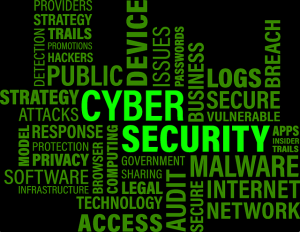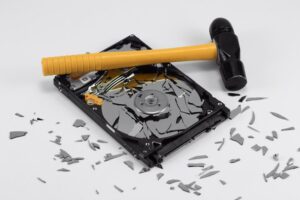What Happens When the Digital and Real Worlds Merge?

In the modern age, the line between the digital world and the real world is getting blurry. One exciting field that’s making this happen is mixed reality. But what happens when these two worlds merge? Scroll down to know the impact of combining digital and real elements in various aspects of life.
Entertainment Gets More Engaging
When it comes to fun and games, mixed reality is a game-changer. Video games, for example, become more immersive. Players can interact with digital objects as if they were real. Imagine playing a puzzle game where you move real objects to solve digital puzzles. Or consider watching a movie where digital characters appear in your living room. Virtual concerts could even have digital performers on a real stage. All these experiences become richer and more engaging. They create memories that feel both digital and real at the same time.
Education Becomes Hands-On
MR has a huge potential to revolutionize education. Imagine a history class where students can walk around a digital version of ancient Rome. Or a science class where students can interact with 3D models of cells and atoms. Teachers can use MR to make lessons more interactive. Students can explore, experiment, and learn by doing. They can see complex ideas in a simple, visual way. This not only makes learning more fun but also more effective. The lessons stick because they’re experienced, not just read or heard.
Business Processes Improve
The business world also gains from MR. Think about complex tasks like designing a car or planning a building. Designers and engineers can use MR to see their projects in a real-world setting. They can walk around a digital car model or see how sunlight hits a virtual building. This makes planning and revising much easier and faster. Companies can also use MR for training employees. For example, new hires could learn a job by interacting with a digital workspace. This hands-on training can be more effective than traditional methods.
Healthcare Gets More Precise
In healthcare, MR can be life-changing. Surgeons could use it to practice complex surgeries before doing the real thing. They could also use MR during surgery to see digital guides over the real patient. This could make surgeries more precise and safer. Even in areas like physical therapy, MR can help. Patients could play a game that guides them through exercises. They could see their progress in real time. This could make recovery more effective and more motivating.
Social Interactions Evolve
As MR becomes more common, our social lives will change, too. Imagine having a video call where the other person appears in your room as a digital hologram. You could also share experiences like watching a movie or playing a game, even if you’re miles apart. Social media could evolve to include MR elements. Instead of just posting photos or text, people could share 3D experiences. These could be viewed and interacted with in a whole new way. MR could bring people closer together, even when they’re physically far apart.
Adobe states, “VR and AR converge in mixed reality. Researchers Paul Milgram and Fumio Kishino coined the term in 1994 to describe the continuum between totally real and virtual environments.”
When digital and real worlds merge through MR, life as we know it changes. Entertainment becomes more engaging, education becomes more hands-on, and business processes improve. Even critical fields like healthcare have become more precise. On top of all that, how you interact socially takes on a new dimension. MR is not just a buzzword; it’s a key to a more interactive and immersive future.






